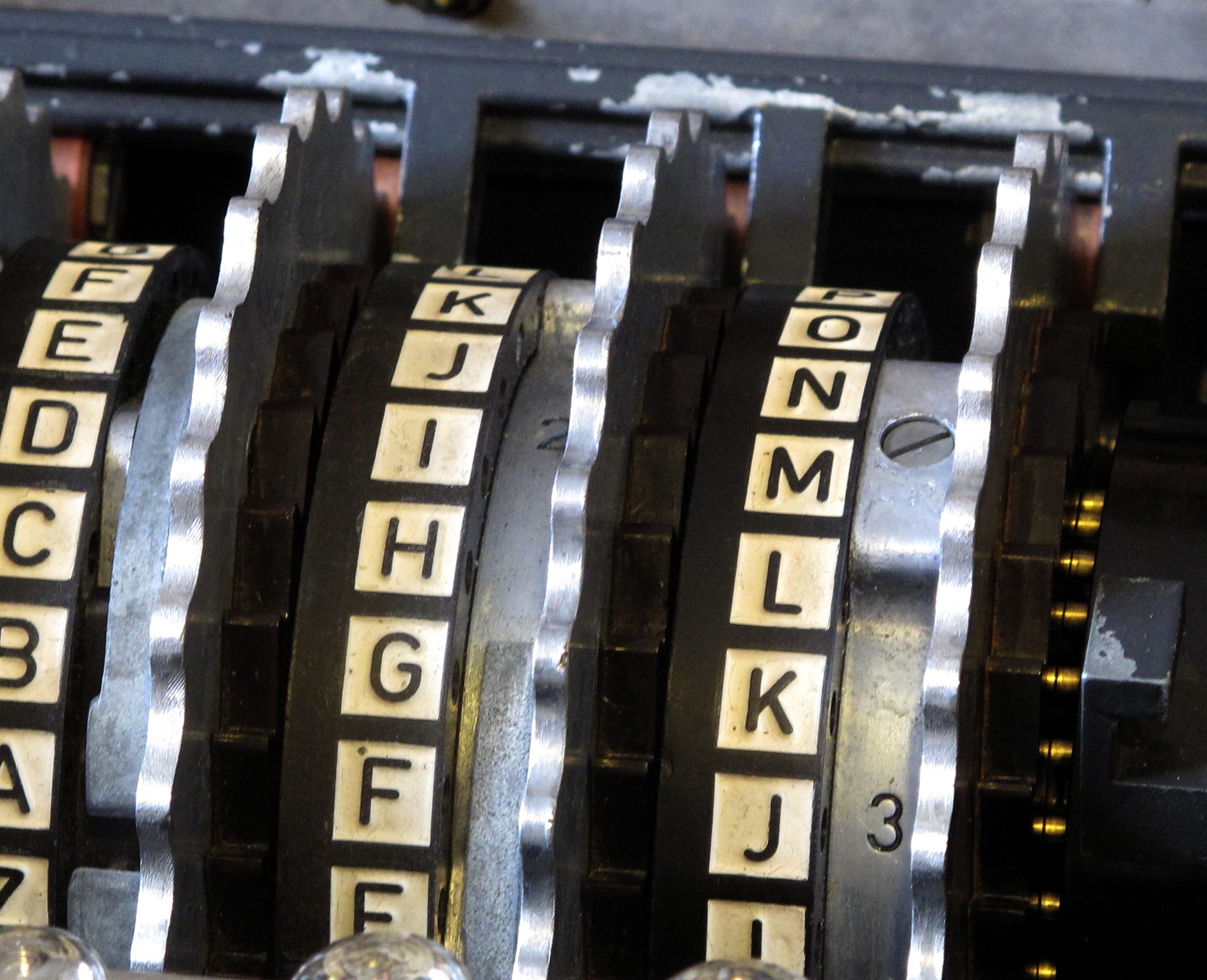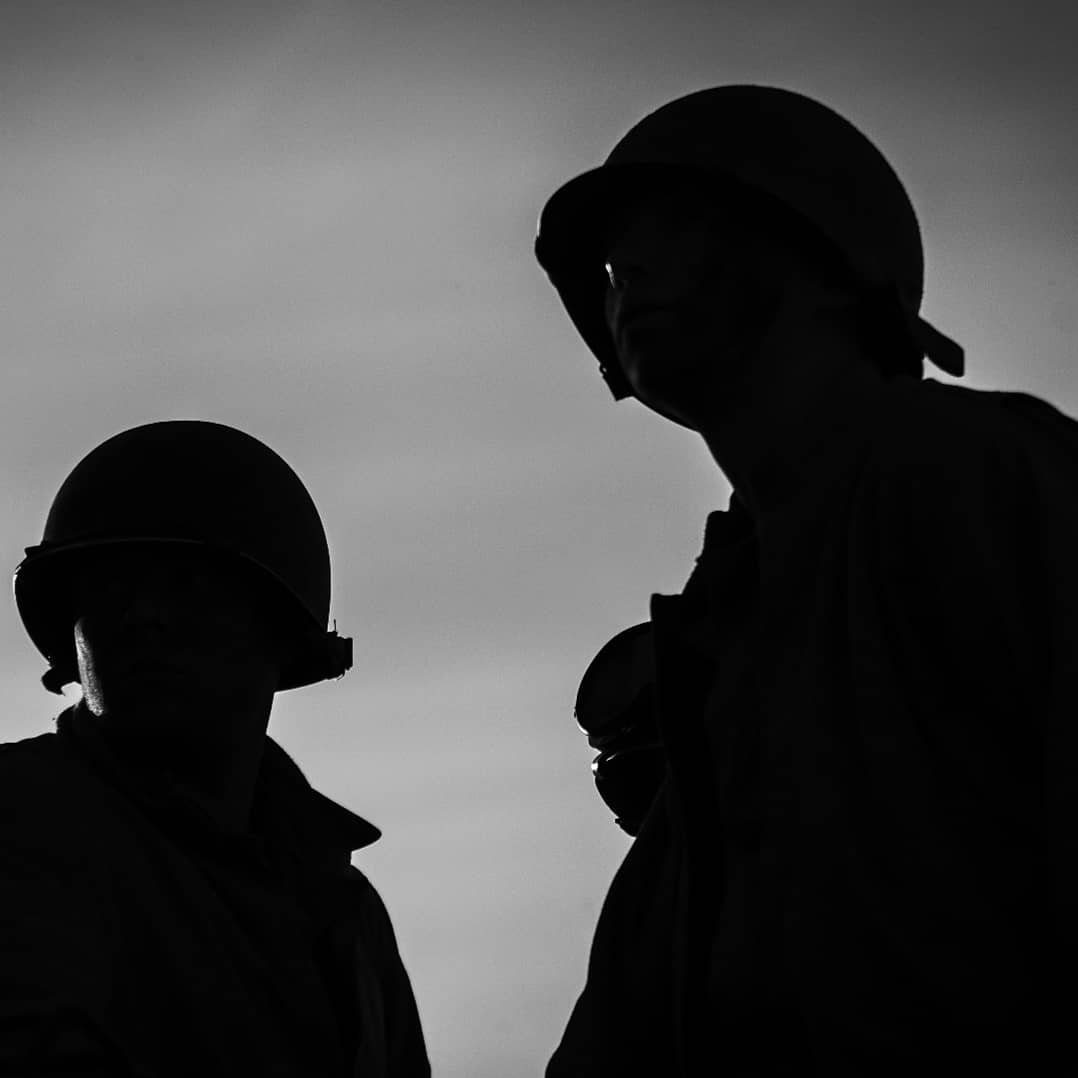The Enigma machine

In war, intelligence can play a vital role in how battles will play out as it allows you to more accurately predict what the enemy forces are likely to do so that you can plan your defenses accordingly, or go on the offensive yourself.
Often overlooked, are the clever systems used by both allied and axis forces during the Second World War. One such, the famous Enigma!
How did it come to be? How was it used? and, of course, how was she defeated?
History
In 1915, two scientists working for the Dutch navy in the Dutch East Indies, Theo van Hengel and Rudolf Sprengler, had built a concept for a rotor machine.
A prototype of this machine was built by the mechanical engineer, W. K. Maurits.
This prototype was, under the order of the fleet commander, Rear Admiral Fritz Bauduin tested during the summer of 1915 on the flagship of the Dutch navy in the East Indies.
The Dutch navy, however, decided not to adopt the device, after which, a Dutch businessman, Hugo Koch, patented the device.
On February the 23th, however, 1918, Arthur Scherbius, filed a patent for a ciphering machine, very similar to this rotor machine by van Hengel and Sprengler, he gave it the name that we are now very familiar with: Enigma.
A machine that he and his business partner, Ernst Ritter tried to sell to the relatively young German navy under the company name Scherbius & Ritter.
This sale, however, has been rejected by the German navy at first.
Scherbius went on to create a new company, Gewerkschaft Securitas (“Labour Union Security”) in the hopes to promote the machine and transferred the patent rights to this new company.
Soon after, the company Chiffriermaschine Aktiengesellschaft (“Ciphermachine Stock Corporation”) was founded to produce and put the machine on the market.
The machine was a commercial device, available to whoever could afford it, though it had to compete with the Ukrainian Kryha.
Fortunately for Scherbius, in 1926, the Enigma was being put to use by the Swedish army and German navy, as well as the German army in 1928.
In that same year, the American army and the British Foreign Office also purchased a unit for evaluation as well as the Polish Biuro Szyfrów for analytical purposes.
Development on the machine continues and Scherbius also managed to get his hands on the patent of Hugo Koch.
Scherbius, however, would not live to see his device in use during the Second World War as he passed away in 1929 following an accident with a horse-drawn carriage.
How was the device used?
The Enigma was used extensively by the Reichswehr and other governmental organizations, such as the Deutsche Reichsbahn, who had added a plugboard to swap pairs of letters, a feature not available on commercial Enigma models
This addition would greatly increase the complexity of the cypher and as a result, increase cryptographic strength.
This was not the only thing they included, however, it was the most notable one for its use.
This version of the Enigma was used by the Reichswehr (and subsequently the Wehrmacht) from 1930 until 1938 but also by the Air Force (and later Luftwaffe) since August 1935.
In 1934, Reichsmarine (and later Kriegsmarine) also adopted the Reichswehr’s version of the Enigma, however instead of having only three rotors, the Reichsmarine specified a choice of three from a possible five different rotors.
The Wehrmacht opted for this minor change as well, issuing an extra two rotors so that three rotors where to be chosen from a set of five in 1938.
The Kriegsmarine added yet two more rotors in 1938 followed by another in 1939 to allow for a choice of three rotors to be chosen from a set of eight.
In 1942, a four-rotor Enigma machine was introduced by the Kriegsmarine for securing communications to and from the U-boats.
This version was called the M4, also known as “Triton” or “Shark” to the allies.
This extra rotor, however, was fitted in by splitting the reflector into a combination of a thin reflector and a thin fourth rotor. The fall of the Enigma
The fall of the Enigma
Because it was so important to crack the Enigma code, many countries tried to analyze the Enigma codes, and thanks to the work of the Polish cryptologist Marian Rejewski, who in 1932 has successfully reconstructed the inner wirings of the Enigma machine, this became more and more feasible.
Later, around October of 1938, the Polish build a machine which they called the Bomba Kryptologiczna (“Cryptologic Bomb”), which was in its essence six electrically aggregated Enigma machines.
The name “Bomba” came to be thanks to the loud noise is made of a part falling off the machine when a solution was reached.
This Bomba, however, was hand-operated, meaning it was rather slow, however, it did its job.
After the invasion of Poland, many Polish cryptologists were evacuated to France, where they continued on breaking Enigma-enciphered messages.
Seven years after Rejewski’s findings, Alan Turing continued development on this Bombe.
The allies found that the Enigma has a huge flaw in its design.
A letter of the Enigma could be turned into any other letter, with the exception of itself.
This flaw could be used to deduce the configuration on the plugboards of an Enigma machine.
Thanks to this flaw, Alan Turing managed to develop a machine that used this flaw in order to make breaking enigma codes significantly faster.
The British engineer Harold Keen designed and constructed the first British Bombe, code-named “Victory”, which was installed at Bletchley Park in March of 1940.
Later, a mathematician, Gordon Welchman made an important refinement to the Bombe, known as the “Diagonal Board”.
This refinement made the British Bombe a lot more powerful as it allowed the Bombe to solve the Enigma plugboard settings separately from the rotor settings.
This allowed codebreakers to find complete settings in hours instead of days.
However, because codes only rotated day by day, this means that solving a single key for the day, would mean that the entire day worth of messages would now be open to decipher by hand.
In August of 1940, a new machine with Welchman’s refinement was installed, code-named “Agnus Dei” (a reference to Jezus Christ).
More Bombe machines were built and installed at Bletchley Park and satellite locations.
Welchman was awarded the Order of the British Empire in the 1944 King’s Birthday Honours list.
He became a teacher as the Massachusetts Institute of Technology in 1951, publishing the book “The Hut Six Story” in 1982 and passed away in 1985.
Alan Turing, unfortunately, was prosecuted in 1952 for homosexual acts, committing suicide in 1954.
He was granted a posthumous pardon by Queen Elizabeth II in 2013.
The “Alan Turing Law” is not an informal term for a law passed in 2017 in the UK that retroactively pardoned men convicted under historical legislation that outlawed homosexual acts.
Marian Rejewski survived the war and after reuniting with his family in Poland, worked as an accountant, remaining silent about his prewar and wartime cryptologic work for two decades to avoid adverse reactions from the country’s Soviet-backed government, breaking the silence in 1967 to provide the Polish Military Historical Institute with the memoirs of his work in the Cipher Bureau.
He passed away from a heart attack at the age of 74 and was interred with military honors at the Powązki Military Cemetery in Warsaw, Poland.
This is a guest blog by FinlayDaG33k, who has an obsession with coding, security and anything related to that. Check out his website if you want to.

